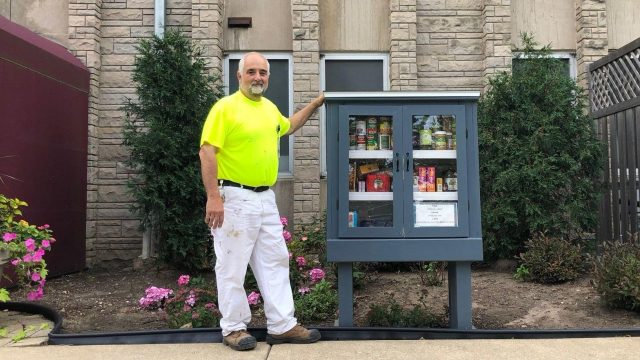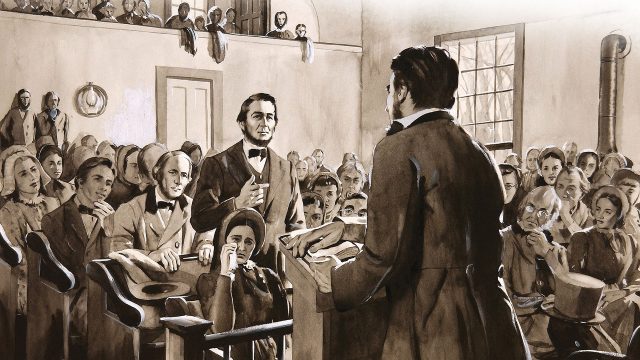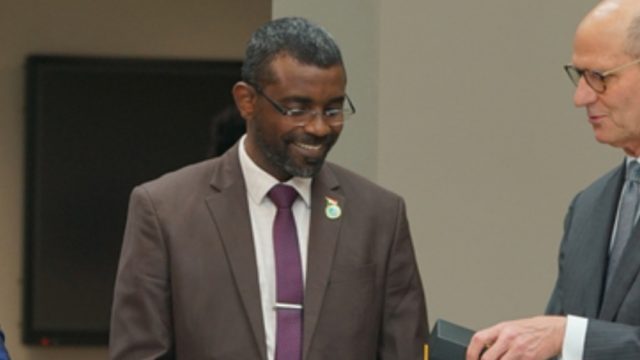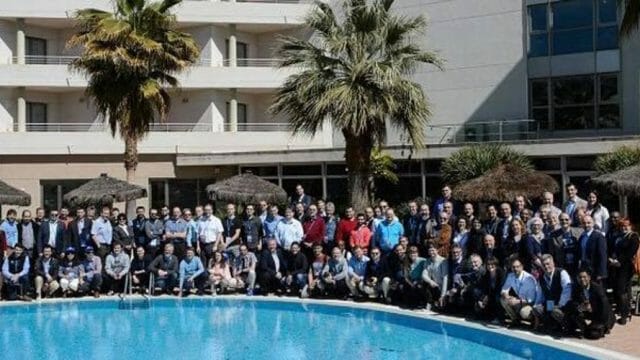The process of going from followers to disciples
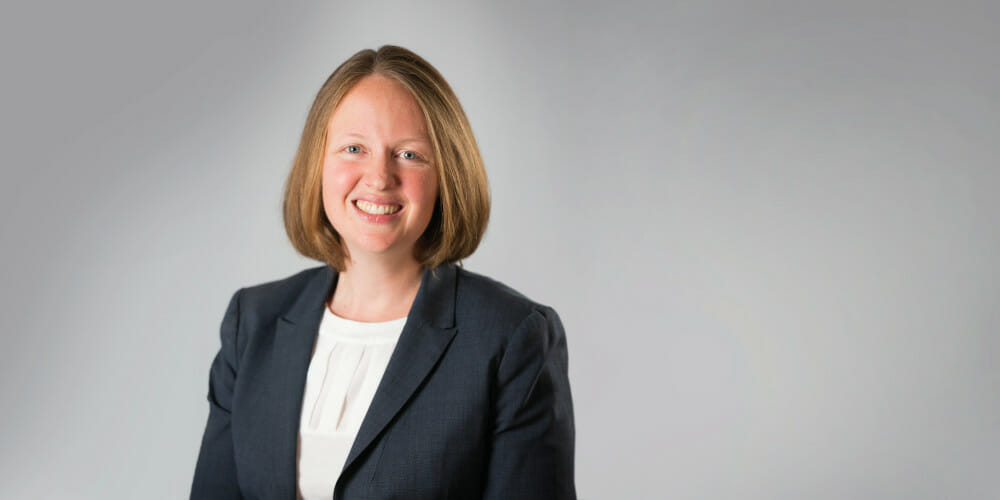
Tara VinCross is senior pastor of the Azure Hills Seventh-day Adventist Church in southern California, United States. She holds a Doctor of Ministry degree from Andrews University in biblical spirituality and discipleship.
“I enjoy inspiring people to live out their calling and use their gifts to bring others into the more abundant life Jesus spoke about,” she says.
In a recent interview VinCross spoke about guiding members—young and old—in the path of discipleship.—Editors.
What principles are essential to this discipleship process?
I’m trying to cultivate knowing, being, and doing, those three elements. There would be increased knowledge of God; then people would actually live out their faith, to live their purpose.
It includes a whole section on praying, devotional reading of Scripture, different ways of connecting in relationship with God according to different learning styles. Because not everyone reacts or responds in the same way.
What’s the process?
It’s a class format, but it’s very interactive. It’s a limited closed group, a set period of time. The first one I did was 12 weeks. We did an all-day retreat, one day at the beginning and one day at the end. [Participants] had to be able to commit to a one-day retreat, 9:00 a.m. to 5:00 p.m., [then] 12 nights once a week, and one full day at the end. We called it a discipleship group.
Do most new members resonate with this?
The relationships get so strong between the people who participate together. Every group has been between 12 and 16 people because they get close to each other. Every person is put into a group of four that is like their family group throughout the discipleship process. They also have a spiritual companion, one other person they’re talking to throughout the entire time. They pray together, and there’s an accountability element to that relationship.
Is this something you expect new members to participate in? Or do you open it up to older, established members as well?
I’ve always kept it open to both, because I’ve found that you can be like the older brother inside the church who never left, but who never knew the Father’s love. It’s always been a blessing to both, to be able to have some who are longtime members who needed and desired growth, and to have those individuals alongside newer members.
What form does discipleship take now that you’re senior pastor of an institutional church of 2,300 members?
Sabbath School is [one] of our best avenues for discipleship. People are part of Sabbath School here. We have to look at the context and say, “OK, Sabbath School is the best way people are connecting in small groups; where they’re being taught, discipled; where they’re known and they know others. How can we be more intentional about using that time [for discipleship]?”
What is your counsel to those who want to take the next step in discipleship?
First to leaders: Everything else will crowd out what’s most important. But being a disciple and making disciples is worth blocking out the time for. In every area of our ministry we can ask, “How are we growing disciples here?”
We were designed to grow in relationship. So whether you’re going through the book of Romans or the book of John, reading another book by another author, read a chapter a week and gather together to read and pray. Something happens when we make intentional space to grow with other believers, nurturing those relationships.
I have seen transformation happen. A person in the first group came to me when we were going to read Scripture. He said, “They can do it, but I can’t. I know it works for other people, but I can’t. I can’t hear God.”
I talked him through it, this whole idea that we come to God exactly as we are and that it is the acceptance and love of God that leads us to experience the Spirit, this growth, this transformation. As we had that conversation, I prayed with him, and he reengaged with Scripture and with God. His eyes lit up with joy at experiencing God.
That’s what I want people to know: that God wants to meet with them.


